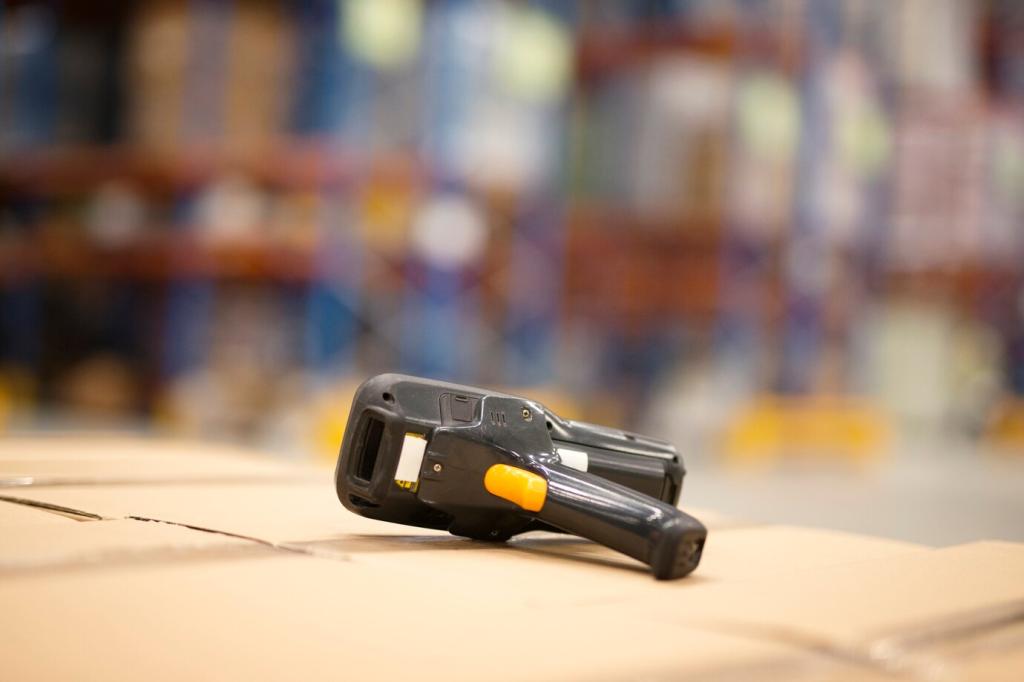Optimizing Paths, Traffic, and Throughput
Robots weigh aisle widths, turn radii, and temporary hazards, choosing routes that minimize travel without risky squeezes. They optimize for both distance and stoppages, learning which intersections jam at 10 a.m. versus 4 p.m.
Optimizing Paths, Traffic, and Throughput
When clusters form, the fleet slows, reroutes, or holds missions upstream to avoid pileups. It feels like a conductor lifting a hand—traffic dissolves, and the rhythm returns before human supervisors need to step in.
Optimizing Paths, Traffic, and Throughput
Smart charging staggers top-ups, slipping quick charges into natural lulls. Robots schedule missions they can finish on current batteries, avoiding half-done picks and keeping docks busy without last-minute scrambles.
Optimizing Paths, Traffic, and Throughput
Lorem ipsum dolor sit amet, consectetur adipiscing elit. Ut elit tellus, luctus nec ullamcorper mattis, pulvinar dapibus leo.








